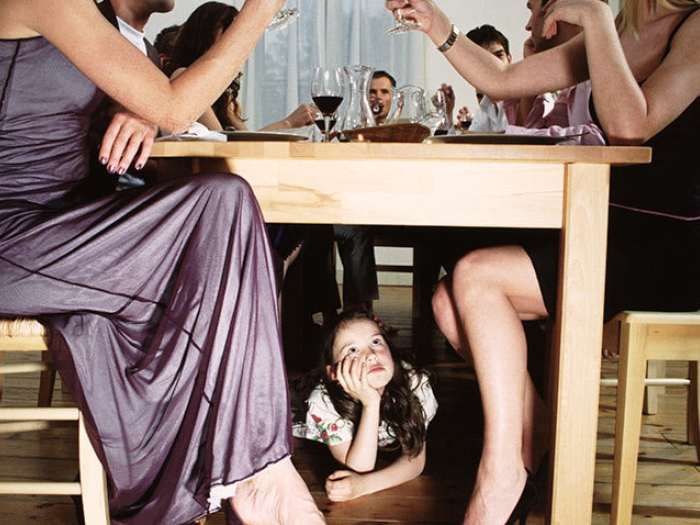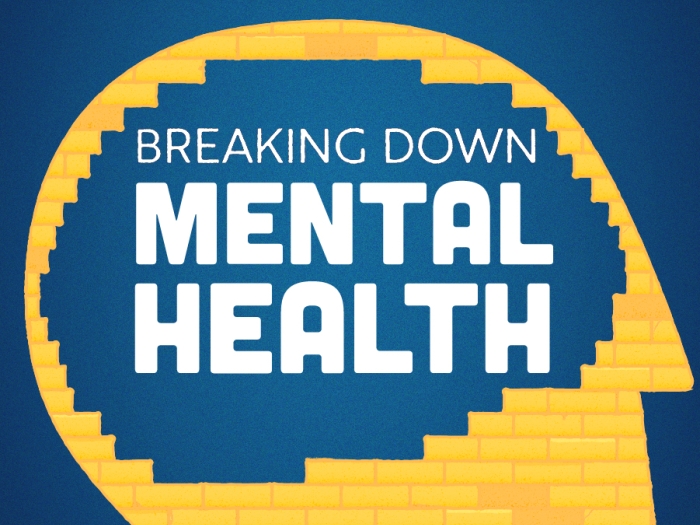How families can help prevent teen substance use disorder
10:15 AM
Author |
If you or someone you know is in immediate need of help for substance use, or any mental health crisis, the national 988 Lifeline is the best place to start. You can call or text 988 from any phone, or connect via webchat.
Recent studies, both nationally and at Michigan Medicine, report that alcohol, cannabis and nicotine vaping are the most commonly used substances among teens.
Aside from cannabis and prescription drug misuse, teens report relatively low use of illicit substances. Despite this, teen drug overdose deaths have been on the rise in recent years. Monthly overdose deaths among youth aged 10-19 more than doubled from 2019 to 2021.
Parents and caregivers should actively be on the lookout for signs and symptoms of substance use. Addressing substance use early on can help prevent addiction or other problems later in life.
An expert from the University of Michigan Addiction Center recently spoke about the impacts of teen substance use and what families can do to help youth who may be at risk or showing signs of addiction.
Trends in teen substance use
Meghan Martz, Ph.D., a research assistant professor of psychiatry, explains concerning trends surrounding adolescent substance use. Although levels have stabilized in recent years, there are new factors for parents to consider.
When it comes to alcohol use, binge drinking remains the leading concern. This harmful consumption pattern can lead to blackouts, vomiting, overdose and mental and physical health problems.
Vaping nicotine products also remains popular among teens. Martz says the flavored products cater directly to its young audience, posing a serious risk of addiction for adolescents.
As cannabis legalization has become widespread, perceptions of harm have decreased, and rates of cannabis use have increased tremendously. In 2023, 29% of 12th graders reported cannabis use in the past year.
“The level of THC is much stronger in cannabis products used today, and there is a direct link between higher potency and risk for disordered use,” Martz said, describing the substance in cannabis that causes most of the “high” sensation that users feel.
Parents should particularly monitor for opioids, even if the use rates are lower than other substances. Due to drugs laced with fentanyl, a highly potent synthetic opioid, there has been a recent surge in overdose deaths.
Risk factors
The exact reasons for substance use can vary, “but teens are the most vulnerable population for disordered use,” Martz said.
It all starts with a curiosity about substances. Ten percent of 9- and 10-year-olds reported curiosity to use alcohol and nicotine, according to research Martz led. The desire to fit in socially can significantly influence the decision to try substances, and teens tend to overestimate the prevalence of substance use among their peers.
Factors that can lead to substance use in teens include:
- A family history of substance use.
- Associating with substance using peers.
- Coping with mental health issues like anxiety, depression or ADHD.
- Low parental monitoring.
- Lack of school connectedness.
The adolescent brain
It’s important to remember that “the risk factors present in teens are associated with the development of the adolescent brain,” said Martz.
Three key functions of the brain are associated with substance use: reward, emotion and cognitive control.
The reward circuit involves the release of dopamine, a naturally occurring chemical attributed to feelings of pleasure. People become hooked to this false sense of happiness and develop an addiction to the drug supplying it.
Similarly, drugs can influence the emotion circuit by reducing feelings of anxiety, irritability and unease. The addiction is reinforced through a cycle of withdrawal symptoms that can range from mild discomfort to life-threatening complications.
But for adolescents, it is the cognitive control circuit that makes them most susceptible to substance use. This brain function is responsible for thinking, planning and problem solving.
“The cognitive control circuit is the last part of the brain to mature,” Martz said.
“This makes youth more prone to act on impulse and engage in risky behaviors, including substance use.”
Teens are also less likely to experience immediate consequences of substance use – such as hangovers – leading to greater consumption and more damaging neurotoxic effects.
Advice for families
Substance use and addiction prevention starts in the home. Parents are the first line of defense against potential drug use disorders.
There is no guarantee that your child won’t use substances, but it is less likely to happen if you:
- Bring it up early – kids are curious from a young age.
- Talk early and often about the dangers of substance use.
- Set rules about substance use.
- Focus on the biological impact to the brain and body, rather than moral or legal considerations.
“As a parent, you may not be able to control the external influences, but you can certainly start the conversation early and set firm boundaries to protect your child from substance use,” Martz said.
Resources
- If you or someone you’re with is having a life-threatening substance use emergency, please call 911.
- For substance use crises and urgent concerns, dial 988 for the National Suicide and Crisis Lifeline: https://988lifeline.org/
- For useful information on substance use, please visit the U-M Addiction Center’s Resource Guide
- For clinical care through University of Michigan Health, dial 734-764-0231 or visit U-M Addiction Treatment Services
- To find clinical care for mental health and substance use disorders near you, visit https://findtreatment.gov/
- For more information for parents on youth substance use disorders and treatment, visit the National Institute on Drug Abuse and the National Institute on Alcohol Abuse and Alcoholism
- The Start With Hope website, available in English and Spanish, offers information for anyone looking to reduce substance use or receive addiction treatment
Sign up for Health Lab newsletters today. Get medical tips from top experts and learn about new scientific discoveries every week by subscribing to Health Lab’s two newsletters, Health & Wellness and Research & Innovation.
Sign up for the Health Lab Podcast: Add us on Spotify, Apple Podcasts or wherever you get you listen to your favorite shows.

Explore a variety of healthcare news & stories by visiting the Health Lab home page for more articles.

Department of Communication at Michigan Medicine

Want top health & research news weekly? Sign up for Health Lab’s newsletters today!





